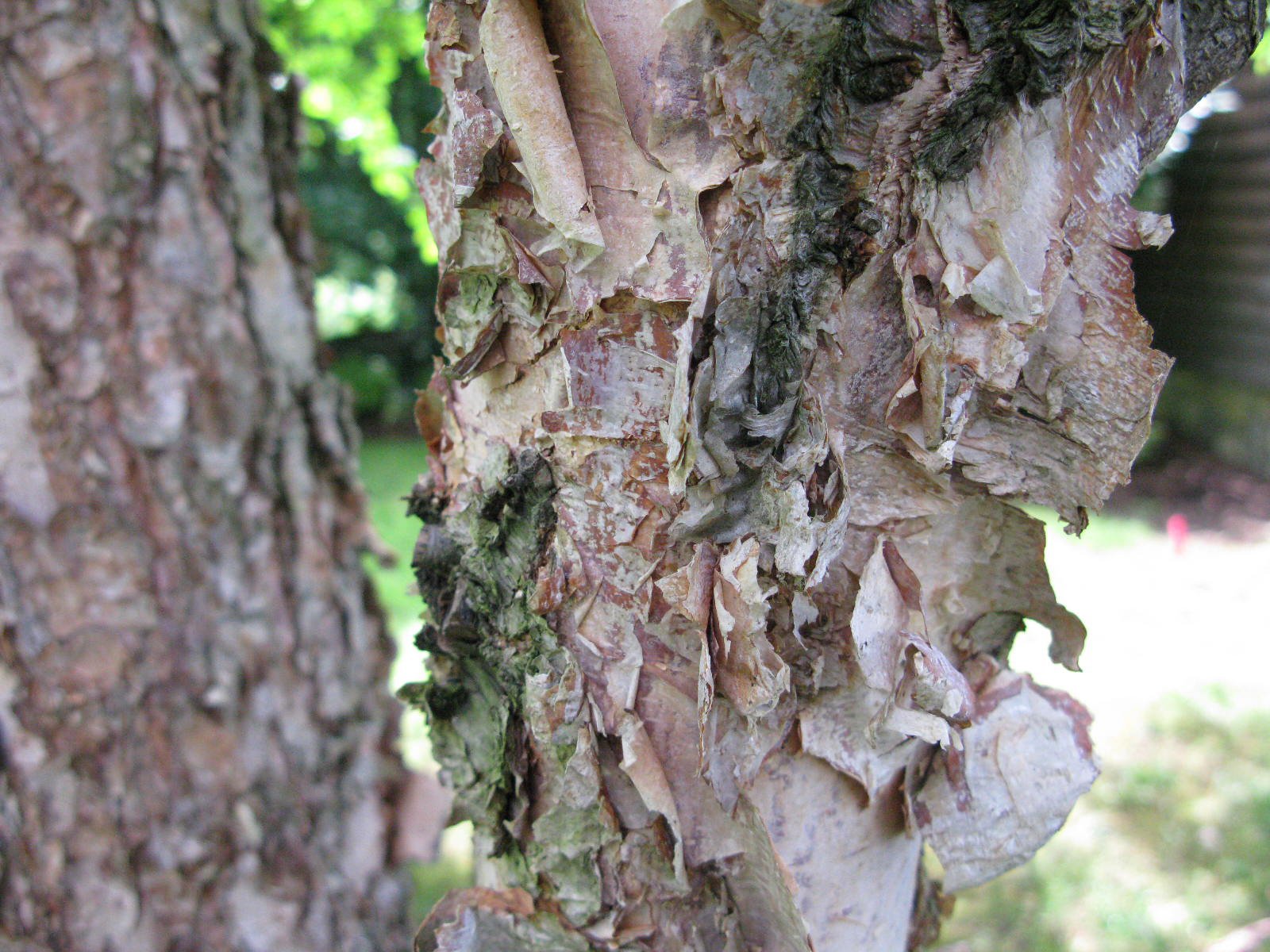Don’t be intimidated by tree planting! Here’s how the professionals at Victoria Gardens plant happy healthy trees:
Digging the hole: When planting trees, the planting hole should be bigger than the diameter of the root ball, but not deeper! You want the top of the container or root ball level with the ground surface. Once you finish your hole, you want to firm the soil at the bottom of the hole, so the root ball sits on a solid surface. If you set the tree on soft, freshly turned over soil at the bottom of your hole, the dirt could settle one way or the other and your tree could be crooked a day or two after planting!
Remove the cage and burlap: If you purchased a tree with a root ball, you will need to snip the metal cage apart with wire-cutters and REMOVE IT COMPLETELY! Then peal of the burlap COMPLETELY (And carefully, keeping the root ball in tact)! If you leave the cage and burlap on, you will inhibit the roots, and therefore stunt the growth of the entire tree. A tree planted in it's cage can become girdled and die.
Tickle the roots: If you brought your new tree home in a container (which we recommend!), then remove it from the pot and "tickle" the roots, loosening strands at the bottom edges and along the sides. This will encourage them to grow out in all directions immediately.
Feed the roots, not the leaves: Victoria recommends Espoma Biotone Starter, which is organic and stimulates root growth, lowering the chances of the tree experiencing stress.
Trees experience stress? Yes, and it can be caused by a variety of environmental factors. These stresses are “recorded” by the tree, and scientist can see the evidence of a drought or flood or defoliation hundreds of years ago in the rings of trees. Damaging insects will attack a stressed tree before a health one, and stress now can have effects years later.
Avoid stress! Planting smaller is better: Younger trees are more adaptable, and make the transition to a new environment with greater success. They make up for their small size with faster growth rates and better overall health for years after planting.
Amend your soil: Mix organic material in with your soil as you backfill (We like the Moo Doo, Dynamulch or compost to amend the soil. Some people use peat moss, although because it is mined, and not renewable, we recommend a peat replacement product made of coconut fibers. Cover the root ball with backfill and firm in the soil around it. ("Firm" not concrete hard - the tree's roots still need to push through the soil so don't take out any aggression, foot stomping, and the like, on the surrounding soil of your young tree.)
Water, water, water: The first year of any tree's life is the most important when it comes to watering. When you pick up your trees from Victoria Gardens, they are addicted to water. You must wean them off their watering schedule: water everyday for the first four or five days, every other day for then four or five, then every third day, ect. (A Gator can help!) The tree will adjust to it's surrounding with minimal stress, if you make the transition over a period of several weeks. After that, supplemental watering should be done weekly during dry periods.
Help from a ‘Gator': After the initial weaning, if you cannot reach your newly planted tree with the hose or if you plan on going away for more than a week, use a Treegator. Treegator is a drip irrigation system in a bag, which will release water over time, keeping your young tree from experiencing stress.
Keep the weedwacker and lawnmower at bay! The bark of most young trees damages easily, extra care is needed when mowing or using any garden tools around them. Injuries not only weaken dogwoods, but bring an onset of unwanted insects and fungus to the damaged bark.
Choose the right tree! Sun or shade? Moist soil or dry soil? Visit our nursery in Rosendale and we’ll help you choose!


























